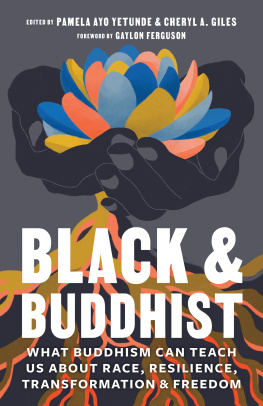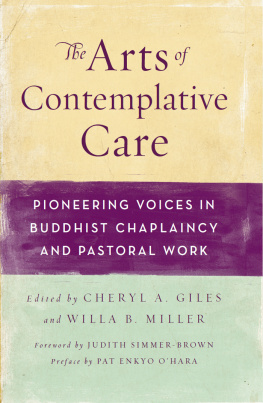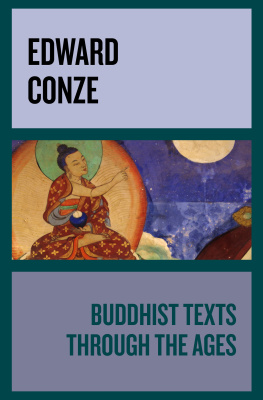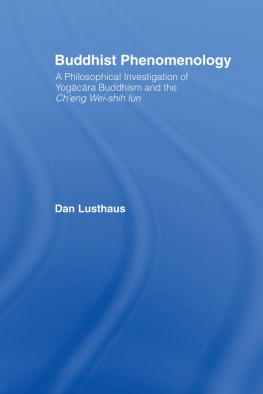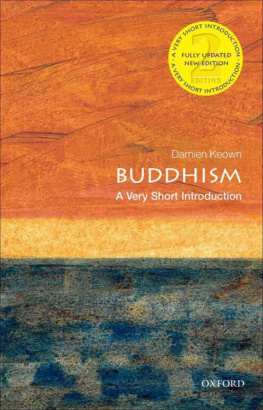Cheryl A. Giles - Black & Buddhist: What Buddhism Can Teach Us about Race, Resilience, Transformation, and Freedom
Here you can read online Cheryl A. Giles - Black & Buddhist: What Buddhism Can Teach Us about Race, Resilience, Transformation, and Freedom full text of the book (entire story) in english for free. Download pdf and epub, get meaning, cover and reviews about this ebook. year: 2020, publisher: Shambhala, genre: Religion. Description of the work, (preface) as well as reviews are available. Best literature library LitArk.com created for fans of good reading and offers a wide selection of genres:
Romance novel
Science fiction
Adventure
Detective
Science
History
Home and family
Prose
Art
Politics
Computer
Non-fiction
Religion
Business
Children
Humor
Choose a favorite category and find really read worthwhile books. Enjoy immersion in the world of imagination, feel the emotions of the characters or learn something new for yourself, make an fascinating discovery.
- Book:Black & Buddhist: What Buddhism Can Teach Us about Race, Resilience, Transformation, and Freedom
- Author:
- Publisher:Shambhala
- Genre:
- Year:2020
- Rating:3 / 5
- Favourites:Add to favourites
- Your mark:
- 60
- 1
- 2
- 3
- 4
- 5
Black & Buddhist: What Buddhism Can Teach Us about Race, Resilience, Transformation, and Freedom: summary, description and annotation
We offer to read an annotation, description, summary or preface (depends on what the author of the book "Black & Buddhist: What Buddhism Can Teach Us about Race, Resilience, Transformation, and Freedom" wrote himself). If you haven't found the necessary information about the book — write in the comments, we will try to find it.
Cheryl A. Giles: author's other books
Who wrote Black & Buddhist: What Buddhism Can Teach Us about Race, Resilience, Transformation, and Freedom? Find out the surname, the name of the author of the book and a list of all author's works by series.
Black & Buddhist: What Buddhism Can Teach Us about Race, Resilience, Transformation, and Freedom — read online for free the complete book (whole text) full work
Below is the text of the book, divided by pages. System saving the place of the last page read, allows you to conveniently read the book "Black & Buddhist: What Buddhism Can Teach Us about Race, Resilience, Transformation, and Freedom" online for free, without having to search again every time where you left off. Put a bookmark, and you can go to the page where you finished reading at any time.
Font size:
Interval:
Bookmark:
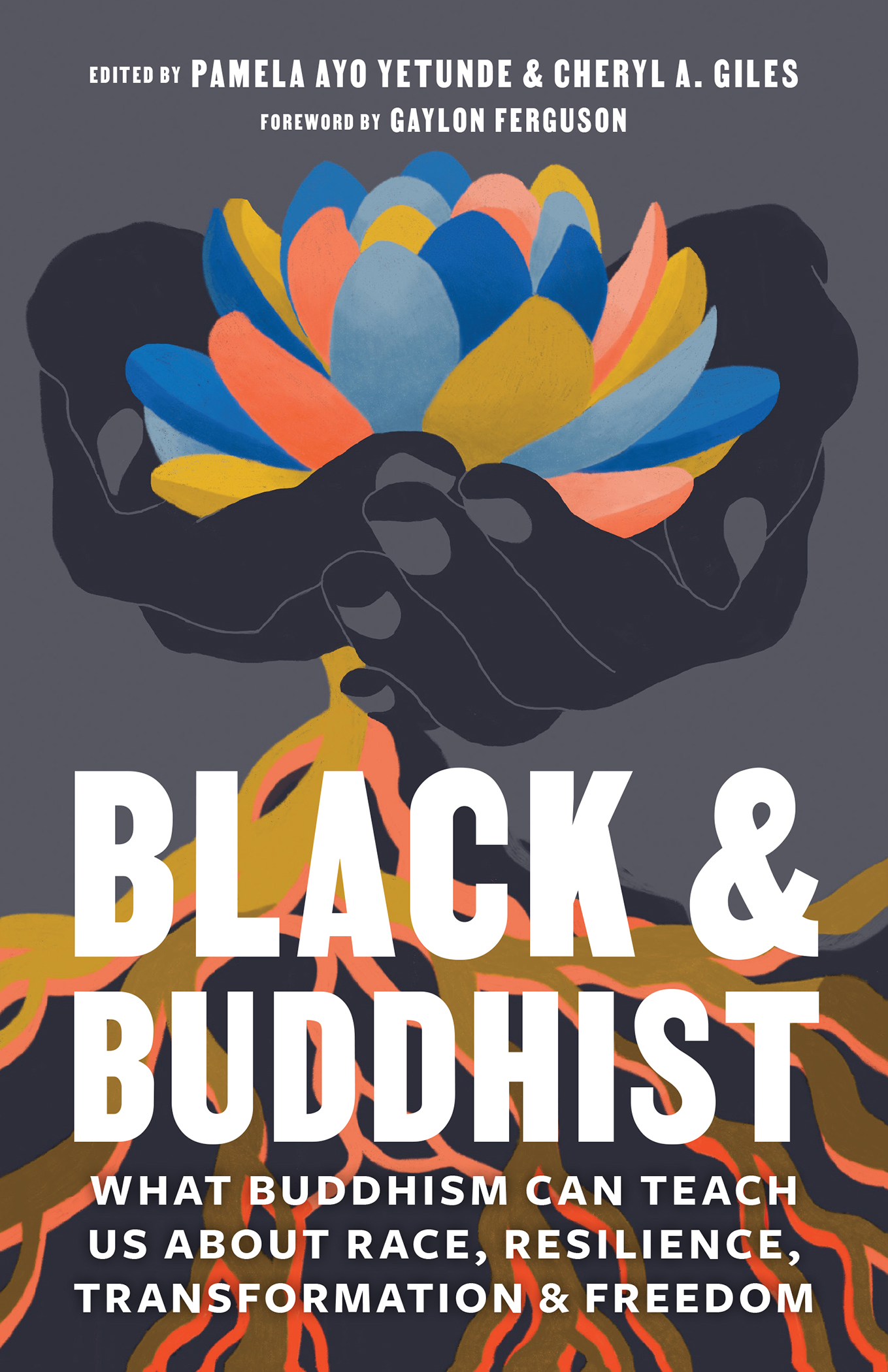
Wow! Black and Buddhist grounds meditation in naked truth-telling, showing that awakening to intergenerational rage and trauma liberates from the inside out. These searing accounts confirm the radical capacity of Black dharma teachers to show the way to freedom both ancient and now.
Judith Simmer-Brown, author of Dakinis Warm Breath: The Feminine Principle in Tibetan Buddhism
There is richness here in texture, the individual awakenings that engage the senses and the hearta response to the call of the ancestors walking with all their relations to guide and support the individual authors on their way home. Out of the depths of suffering are born love and joy, giving rise to the artistry of Blackness in all its forms. This journey into Blackness is a way of practicing the paramitas, underscored by the ever-present resilience and abundance of Black magic, of Black joy. Black folks have always known sufferingand have also always exhibited a wide array of ways to end suffering without sacrificing humanity, joy, or love. Accept the invitation. Be bathed in the warmth of Blackness. Black and Buddhist is a collection of dharma teachings that are profound and deep. This book will open your heart.
Myokei Caine-Barrett, Shonin Bishop, Nichiren Shu Order of North America
The voices of our Black Buddhist sisters and brothers come as a unique gift that, as I hear them, lets me borrow from their courage, wisdom, and enduring hope. If we as a society are to move toward real health and well-being, let these voices of tested compassion and wisdom help lead the way!
Bill Aiken, (retired) Director of Public Affairs, Soka Gakkai InternationalUSA
Black and Buddhist is a touching book of storiesa collective sharing of communal history, personal lives, and the threads that join us on the path to freedom from suffering. Wisdom comes through as each storyteller shares the impact of intergenerational trauma, what it means to live in a brown or black body, and how the dharma showed them a way to clear seeing and understanding.
Sharon Salzberg, author of Lovingkindness and Real Change

Shambhala Publications, Inc.
4720 Walnut Street
Boulder, Colorado 80301
www.shambhala.com
2020 by Pamela Ayo Yetunde and Cheryl A. Giles
Foreword 2020 by Gaylon Ferguson
Cover art: Diana Ejaita
Cover and interior design: Kate E. White
All rights reserved. No part of this book may be reproduced in any form or by any means, electronic or mechanical, including photocopying, recording, or by any information storage and retrieval system, without permission in writing from the publisher.
For more information please visit www.shambhala.com.
Shambhala Publications is distributed worldwide by Penguin Random House, Inc., and its subsidiaries.
LIBRARY OF CONGRESS CATALOGING-IN-PUBLICATION DATA
Names: Yetunde, Pamela Ayo, editor. | Giles, Cheryl A., editor.
Title: Black and Buddhist: what Buddhism can teach us about race, resilience, transformation, and freedom / edited by Pamela Ayo Yetunde and Cheryl A. Giles; foreword by Gaylon Ferguson.
Description: First edition. | Boulder, Colorado: Shambhala, 2020.
Identifiers: LCCN 2020017025 | ISBN 9781611808650
(trade paperback)
eISBN 9780834843059
Subjects: LCSH : BuddhismUnited States. |
African AmericansReligion.
Classification: LCC BQ 732 . B 53 2021 | DDC 294.3089/96073dc23 LC record available at https://lccn.loc.gov/2020017025
a_prh_5.5.0_c0_r0
We stand on the shoulders of African American Buddhist, dharmic, and secular mindfulness practitioners and writers who have imagined a better world and have tirelessly labored to realize their dreams for the African American community. Their words are an enduring thread of the griot tradition that now includes Buddhist-inspired liberative literature. These modern-day griots have told stories, given dharma talks, conducted research on Buddhism, and written in ways that remind us to renew cultural memory and honor the presence of ancestral voices that are with us to this day. We urge you to find their writings. Because of their pioneering work, we dedicate this book to:
Faith Adiele
Hilda Gutirrez Baldoquin
Angela Dews
Acharya Gaylon Ferguson
Herbie Hancock
Jules Shuzen Harris
bell hooks
Charles Johnson
Sensei Alex Kakuyo
Rhonda Magee
Zenju Earthlyn Manuel
George Mumford
Lama Rod Owens
Meikle Paschal
Ralph Steele
Jasmine Syedullah
Alice Walker
Rev. angel Kyodo williams
Jan Willis
We believe there are many other African American Buddhist, dharmic, and secular mindfulness authors whose writings may not be in a book, their books have yet to see the light of day, or their books have not been as widely distributed as the authors mentioned above. We humbly ask for your forgiveness if we did not mention your book; we simply may not know your book exists.
The chapters in this book were written many months before May 25, 2020. On that dateanother one that will live in infamy in United States and international historyfour Minneapolis, Minnesota, police officers participated in the public torture and killing of George Floyd, an unarmed Black man, right in front of people who begged the officers to stop. With cameras recording the scene from different angles, nearly every detail of his torture and murder was caught on tape and shown countless times on every major United States television network. The recordings went viral throughout the world and shocked humanity into action against police brutality and governmental tyranny.
George Floyd, a forty-six-year-old father of two, known to be a loving man and an advocate for gun control, was arrested for allegedly using a counterfeit twenty-dollar bill to buy cigarettes. Store employees called the police. The police arrested Floyd while he was sitting in a car, put him in handcuffs, and ultimately put him facedown on the ground while one of the officers drove his knee into Floyds neck for nearly nine minutes. Each officer initially participated in keeping Floyd on the ground. Then, while one officer continued choking Floyd with his knee, two others kept him down as a fourth stood between the choking officer and bystanders. During those grueling eight-plus minutes, Good Samaritan bystanders repeatedly pled for mercy as the cameras captured the gruesome scene. At least one of the bystanders approached the kneeling police officer, who reached for his holster. His hands were free to do so because his knee was on Floyds neck while the other officers supported the commission of the torturous murder. Another Good Samaritan, concerned for the person approaching the police, warned that the officer had mace, so the bystander retreated. The cameras kept rolling.
The officer who stepped between the torturer and the bystanders repeatedly repositioned his body in an attempt to block Floyds face and upper body from view. All the while, Floyd said repeatedly, I cant breathe. He cried out for his mother even though she had died two years earlier. His plea seemed to be for the protection of her spirit, and perhaps it was also an announcement that he was about to join her, as his life was being choked out of him, foam spilling from his mouth onto the pavement. Floyd repeatedly said, in tones audible to those around him, that he could not breathe. The independent coroner determined Floyd died of asphyxia. Of course he hadFloyd himself testified, before several witnesses, to the cause of his death. But what caused the asphyxia was coldblooded torture. The look on the officers face, and the way his upper body remained relaxed, demonstrated a state of mind that seemed eerily calm. Here was a police officer using the power entrusted to him by the state to engage in a heinous, sadistic ritual with someone who had no way of resisting.
Font size:
Interval:
Bookmark:
Similar books «Black & Buddhist: What Buddhism Can Teach Us about Race, Resilience, Transformation, and Freedom»
Look at similar books to Black & Buddhist: What Buddhism Can Teach Us about Race, Resilience, Transformation, and Freedom. We have selected literature similar in name and meaning in the hope of providing readers with more options to find new, interesting, not yet read works.
Discussion, reviews of the book Black & Buddhist: What Buddhism Can Teach Us about Race, Resilience, Transformation, and Freedom and just readers' own opinions. Leave your comments, write what you think about the work, its meaning or the main characters. Specify what exactly you liked and what you didn't like, and why you think so.

